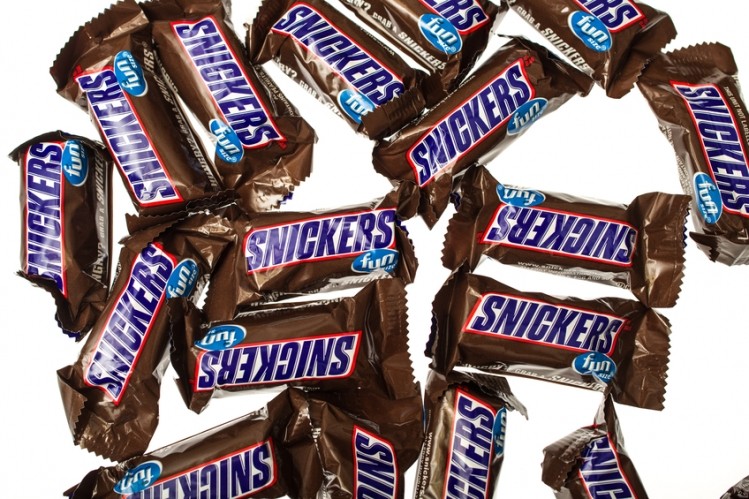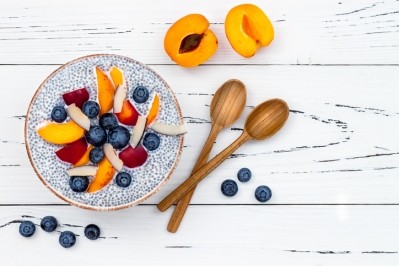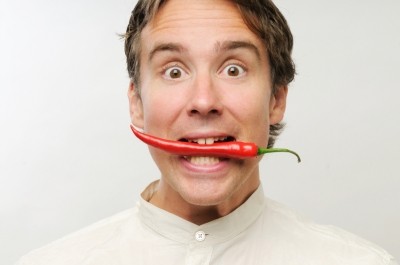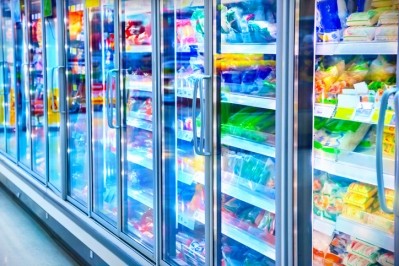Cravings convince consumers to cough up at any cost: Study

New York University (NYU) researchers reveal the obstacles those seeking a healthier lifestyle face as cravings for food such as a Snickers or granola bar appear to boost the food's economic value.
“Even if people strive to eat healthier, craving could overshadow the importance of health by boosting the value of tempting, unhealthy foods relative to healthier options," said Anna Konova, lead study author and a postdoctoral researcher in NYU's Center for Neural Science.
"Craving, which is pervasive in daily life, may nudge our choices in very specific ways that help us acquire those things that made us feel good in the past--even if those things may not be consistent with our current health goals."
Substance abuse similarities
Relatively little is known about the nature of craving and its impact on consumer choices and behaviour.
Previous work has identified a high likelihood of people who experience cravings as more likely to spend or eat more than intended and fall off their diet.
Further studies have shown the subjective values of high-calorie, high-fat foods increase following exposure to these foods
Its relevance extends beyond food to those who are vulnerable to substance addiction with similar findings observed in smokers and problem drinkers with cue-exposure–induced drug craving.
Headed up by Dr Konova, the team began a series of experiments by asking subjects how much they would pay for a snack food after they developed a craving for one of them. This was asked before and after exposure to the item.
A second study built on the first study’s observations by providing an opportunity to bid for one, two, three, five or eight units of the snack.
Findings showed that subjects were willing to pay more for the same snacks if they were exposed to it and asked to recall specific memories of consumption of this item.
This observation was noted even if the subjects were hungry before and after the exposure, suggesting that craving and hunger are partially distinct experiences.
Subjects were also happy to pay disproportionately more for higher portion sizes of the craved items.
Real-world environments
"Craving Snickers does not make you hungrier; it makes you desire Snickers specifically," said study co-author Kenway Louie, an NYU research assistant professor.
In discussing directions for future study, the team thought the multiplication factor could be of use in explaining their observations.
“Because of the nature of multiplicative scaling, exposure-induced changes in valuation should be larger for things generally of higher value (e.g., those high in tastiness and/or low in healthiness),” the team said.
“Consistent with this, the most frequently craved foods in the general population are rich in sugar and fat.
Also because of the nature of multiplicative scaling, when we desire something, we should want more of it.
“This could translate into seeking increasing amounts of a desired good, which might explain why people plan to and eventually do consume more of a desired food in laboratory studies and certain eating escalation behaviours in real-world environments.”
Source: Proceedings of the National Academy of Sciences (PNAS)
Published online ahead of print: https://doi.org/10.1073/pnas.1714443115
“The computational form of craving is a selective multiplication of economic value.”
Authors: Anna Konova, Kenway Louie and Paul Glimcher























